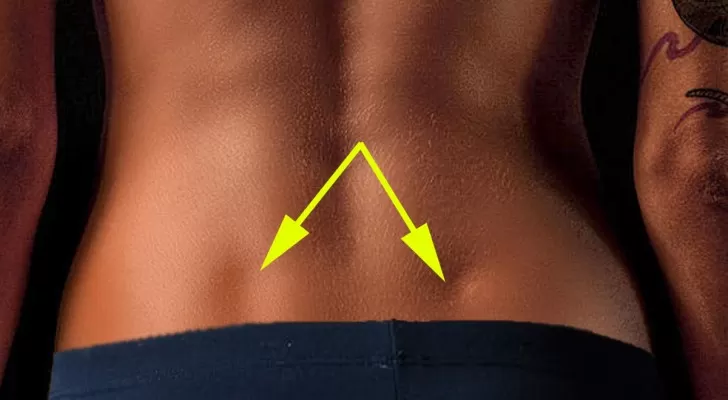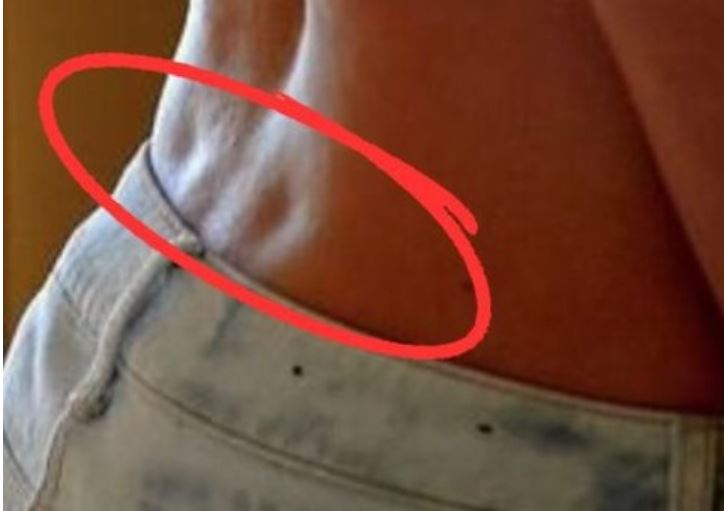People have long thought that the small depressions on the lower back, which are lovingly called the “dimples of Venus,” were a sign of how beautiful someone was.
These natural depressions, which are found where the spine and hips meet, have fascinated people for hundreds of years. Their name comes from Venus, the Roman goddess of love and beauty, which shows how popular they are.

But what makes these dimples so desirable? As opposed to what most people think, they are not made up of muscles but rather the structure of the sacroiliac joint. These small depressions are caused by the link between the sacrum and the iliac spine in the pelvis. Venus’s dimples are a unique trait that can’t be gained through exercise because they are determined by genes alone.
Men can also have these dimples, which are sometimes called “Apollo’s dimples.” They are more common in women because they make women look more hourglass-shaped. No matter what gender, these small depressions are praised for being unique and symmetrical, representing an idealized idea of physical beauty.

Venus’s dimples are attractive to both men and women because they enhance the natural curve of the lower back and give the body a molded look. In pop culture, they represent beauty and sexiness and make people want to be like them.
Venus’s dimples are interesting because they are often compared to other desired body parts, like strong abs or a prominent jawline. Their growth, on the other hand, depends on their natural genetics and not on muscle tone. If you’re lucky enough to have them, losing body fat through healthy habits can make them stand out more.

People have thought of Venus’s dimples as a sign of beauty for generations, praising their modest but unique effect on the human form. Their connection to mythological gods and goddesses shows how much we value beauty and balance in the body. These natural flaws tell us that there are many ways to be attractive, and most of them are natural and should be admired.
Venus’s beautiful dimples continue to capture our hearts, representing the complex dance between genes, body type, and beauty. Whether they are praised for their beauty or their cultural value, these natural wonders show how appealing the human body has always been.


